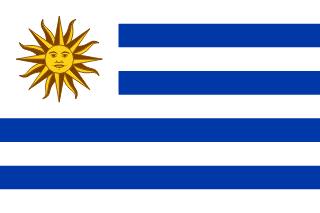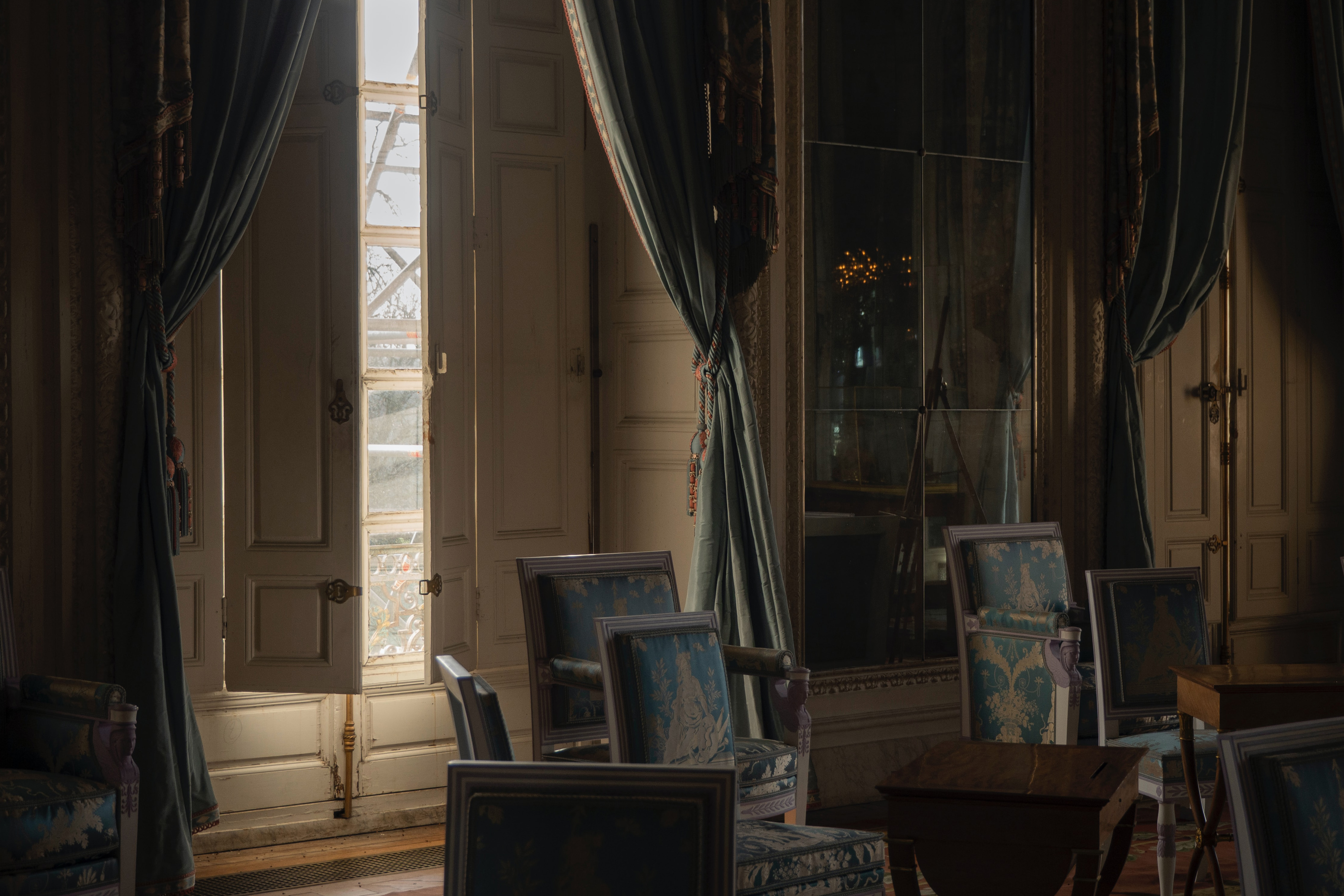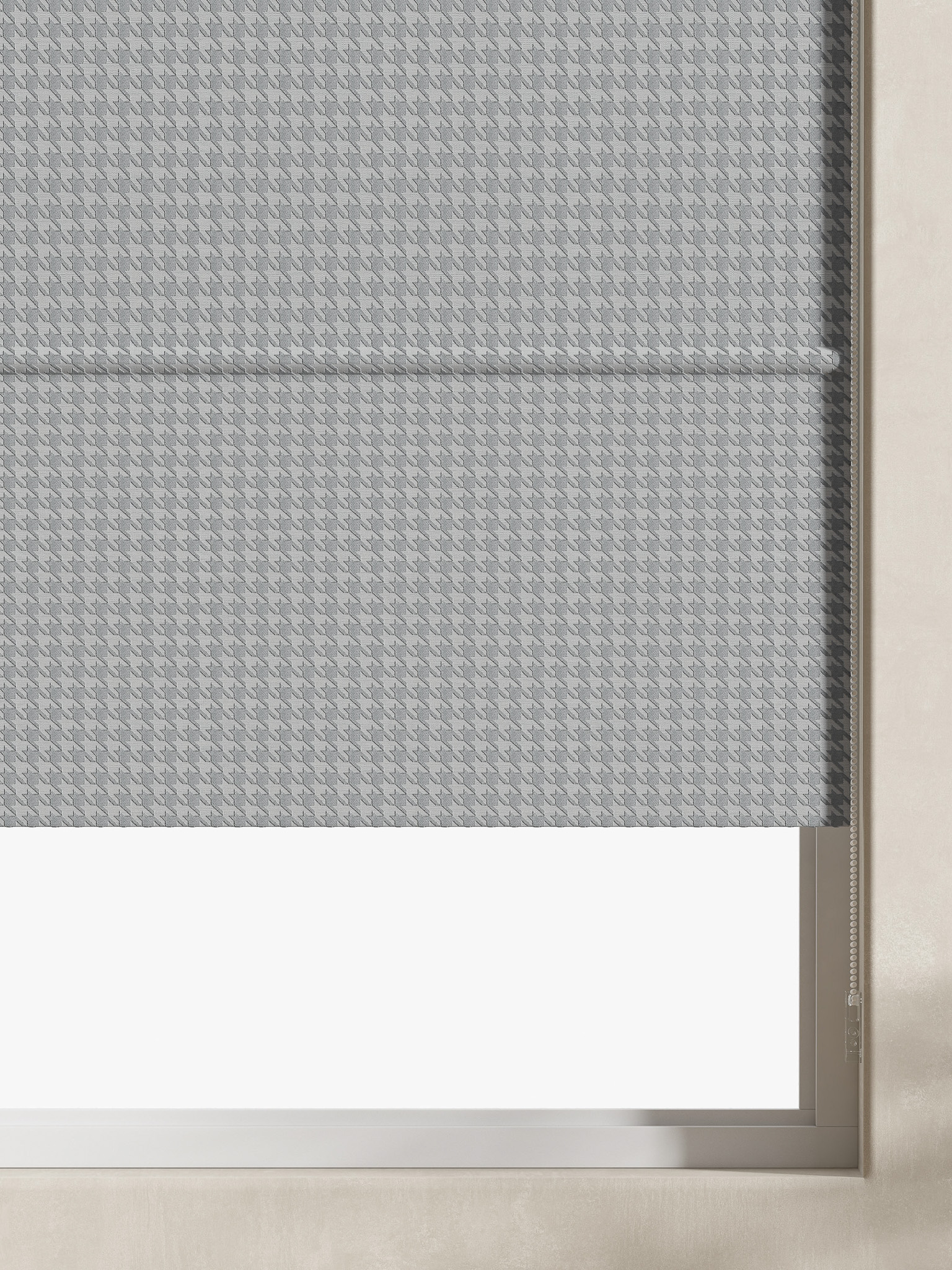SAVE YOUR CART
We noticed you have not Logged In or Signed Up. Leaving tulio.design will result in your history and cart getting lost.


Choose the language you’d like to browse the site in
Choose a country or region. This affects the currency you’re billed in, availability of items, price and delivery options.
 Afghanistan
Afghanistan
USD $
 Albania
Albania
USD $
 Algeria
Algeria
USD $
 Andorra
Andorra
EUR €
 Angola
Angola
USD $
 Argentina
Argentina
USD $
 Armenia
Armenia
USD $
 Australia
Australia
USD $
 Austria
Austria
EUR €
 Azerbaijan
Azerbaijan
USD $
 Bahamas
Bahamas
USD $
 Bahrain
Bahrain
USD $
 Bangladesh
Bangladesh
USD $
 Barbados
Barbados
USD $
 Belarus
Belarus
USD $
 Belgium
Belgium
EUR €
 Belize
Belize
USD $
 Benin
Benin
USD $
 Bhutan
Bhutan
USD $
 Bolivia
Bolivia
USD $
 Bosnia and Herzegovina
Bosnia and Herzegovina
USD $
 Botswana
Botswana
USD $
 Brazil
Brazil
USD $
 Brunei
Brunei
USD $
 Bulgaria
Bulgaria
USD $
 Burkina Faso
Burkina Faso
USD $
 Burundi
Burundi
USD $
 Cabo Verde
Cabo Verde
USD $
 Cambodia
Cambodia
USD $
 Cameroon
Cameroon
USD $
 Canada
Canada
USD $
 Central African Republic
Central African Republic
USD $
 Chad
Chad
USD $
 Chile
Chile
USD $
 China
China
USD $
 Colombia
Colombia
USD $
 Comoros
Comoros
USD $
 Congo (Congo-Brazzaville)
Congo (Congo-Brazzaville)
USD $
 Costa Rica
Costa Rica
USD $
 Croatia
Croatia
USD $
 Cuba
Cuba
USD $
 Cyprus
Cyprus
EUR €
 Czechia (Czech Republic)
Czechia (Czech Republic)
USD $
 Democratic Republic of the Congo
Democratic Republic of the Congo
USD $
 Denmark
Denmark
USD $
 Djibouti
Djibouti
USD $
 Dominica
Dominica
USD $
 Dominican Republic
Dominican Republic
USD $
 Ecuador
Ecuador
USD $
 Egypt
Egypt
USD $
 El Salvador
El Salvador
USD $
 Equatorial Guinea
Equatorial Guinea
USD $
 Eritrea
Eritrea
USD $
 Estonia
Estonia
EUR €
 Eswatini
Eswatini
USD $
 Ethiopia
Ethiopia
USD $
 Fiji
Fiji
USD $
 Finland
Finland
EUR €
 France
France
EUR €
 Gabon
Gabon
USD $
 Gambia
Gambia
USD $
 Georgia
Georgia
USD $
 Germany
Germany
EUR €
 Ghana
Ghana
USD $
 Greece
Greece
EUR €
 Grenada
Grenada
USD $
 Guatemala
Guatemala
USD $
 Guinea
Guinea
USD $
 Guinea-Bissau
Guinea-Bissau
USD $
 Guyana
Guyana
USD $
 Haiti
Haiti
USD $
 Honduras
Honduras
USD $
 Hungary
Hungary
USD $
 Iceland
Iceland
USD $
 India
India
INR ₹
 Indonesia
Indonesia
USD $
 Iran
Iran
USD $
 Iraq
Iraq
USD $
 Ireland
Ireland
EUR €
 Israel
Israel
USD $
 Italy
Italy
EUR €
 Jamaica
Jamaica
USD $
 Japan
Japan
JPY ¥
 Jordan
Jordan
USD $
 Kazakhstan
Kazakhstan
USD $
 Kenya
Kenya
USD $
 Kiribati
Kiribati
USD $
 Kuwait
Kuwait
USD $
 Kyrgyzstan
Kyrgyzstan
USD $
 Laos
Laos
USD $
 Latvia
Latvia
EUR €
 Lebanon
Lebanon
USD $
 Lesotho
Lesotho
USD $
 Liberia
Liberia
USD $
 Libya
Libya
USD $
 Liechtenstein
Liechtenstein
USD $
 Lithuania
Lithuania
EUR €
 Luxembourg
Luxembourg
EUR €
 Madagascar
Madagascar
USD $
 Malawi
Malawi
USD $
 Malaysia
Malaysia
USD $
 Maldives
Maldives
USD $
 Mali
Mali
USD $
 Malta
Malta
EUR €
 Marshall Islands
Marshall Islands
USD $
 Mauritania
Mauritania
USD $
 Mauritius
Mauritius
USD $
 Mexico
Mexico
USD $
 Micronesia
Micronesia
USD $
 Moldova
Moldova
USD $
 Monaco
Monaco
EUR €
 Mongolia
Mongolia
USD $
 Montenegro
Montenegro
EUR €
 Morocco
Morocco
USD $
 Mozambique
Mozambique
USD $
 Myanmar (Burma)
Myanmar (Burma)
USD $
 Namibia
Namibia
USD $
 Nauru
Nauru
USD $
 Nepal
Nepal
USD $
 Netherlands
Netherlands
EUR €
 New Zealand
New Zealand
USD $
 Nicaragua
Nicaragua
USD $
 Niger
Niger
USD $
 Nigeria
Nigeria
USD $
 North Korea
North Korea
USD $
 North Macedonia
North Macedonia
USD $
 Norway
Norway
USD $
 Oman
Oman
USD $
 Pakistan
Pakistan
USD $
 Palau
Palau
USD $
 Palestine
Palestine
USD $
 Panama
Panama
USD $
 Papua New Guinea
Papua New Guinea
USD $
 Paraguay
Paraguay
USD $
 Peru
Peru
USD $
 Philippines
Philippines
USD $
 Poland
Poland
USD $
 Portugal
Portugal
EUR €
 Qatar
Qatar
USD $
 Romania
Romania
USD $
 Russia
Russia
USD $
 Rwanda
Rwanda
USD $
 Saint Kitts and Nevis
Saint Kitts and Nevis
USD $
 Saint Lucia
Saint Lucia
USD $
 Saint Vincent and the Grenadines
Saint Vincent and the Grenadines
USD $
 Samoa
Samoa
USD $
 San Marino
San Marino
EUR €
 Sao Tome and Principe
Sao Tome and Principe
USD $
 Saudi Arabia
Saudi Arabia
SAR ر.س
 Senegal
Senegal
USD $
 Serbia
Serbia
USD $
 Seychelles
Seychelles
USD $
 Sierra Leone
Sierra Leone
USD $
 Singapore
Singapore
USD $
 Slovakia
Slovakia
EUR €
 Slovenia
Slovenia
EUR €
 Solomon Islands
Solomon Islands
USD $
 Somalia
Somalia
USD $
 South Africa
South Africa
USD $
 South Korea
South Korea
USD $
 South Sudan
South Sudan
USD $
 Spain
Spain
EUR €
 Sri Lanka
Sri Lanka
USD $
 Sudan
Sudan
USD $
 Suriname
Suriname
USD $
 Sweden
Sweden
USD $
 Switzerland
Switzerland
USD $
 Syria
Syria
USD $
 Taiwan
Taiwan
USD $
 Tajikistan
Tajikistan
USD $
 Tanzania
Tanzania
USD $
 Thailand
Thailand
USD $
 Timor-Leste
Timor-Leste
USD $
 Togo
Togo
USD $
 Tonga
Tonga
USD $
 Trinidad and Tobago
Trinidad and Tobago
USD $
 Tunisia
Tunisia
USD $
 Turkey
Turkey
USD $
 Turkmenistan
Turkmenistan
USD $
 Tuvalu
Tuvalu
USD $
 Uganda
Uganda
USD $
 Ukraine
Ukraine
USD $
 United Arab Emirates
United Arab Emirates
AED د.إ
 United Kingdom
United Kingdom
GBP £
 United States
United States
USD $
 Uruguay
Uruguay
USD $
 Uzbekistan
Uzbekistan
USD $
 Vanuatu
Vanuatu
USD $
 Vatican City
Vatican City
EUR €
 Venezuela
Venezuela
USD $
 Vietnam
Vietnam
USD $
 Yemen
Yemen
USD $
 Zambia
Zambia
USD $
 Zimbabwe
Zimbabwe
USD $
Please Login First
COOKIES & PRIVACY
This website uses cookies to ensure you get the best experience on our website. Please read our Cookie Policy and Privacy Policy.
Tulio uses cookies, including third-party cookies, for functional reasons, for statistical analysis, to personalise your experience, offer you content that targets your particular interests and analyse the performance of our advertising campaigns.
These cookies are necessary for the web boutique to function and cannot be turned off. They are set to help improve your experience and offer you key functions on the website. These cookies do not store any personally identifiable information or track your browsing habits.
These cookies are used to enhance the functionality and personalisation of the web boutique as they collect information on your interests as your browse the website. They help us assist you as best possible and to recommend the products that best meet your expectations and preferences.
We noticed you have not Logged In or Signed Up. Leaving tulio.design will result in your history and cart getting lost.

Baroque art is characterized by its dramatic style, ornamental flourishes, and dynamic composition. It's an artistic movement that emerged in Europe in the 17th century and remained popular until the mid-18th century. Baroque art is still cherished today for its elaborateness, attention to detail, and the emotional impact it invokes in its viewers. In this blog post, we'll dive deeper into the world of Baroque art, exploring the historical context, the artistic techniques used, its legacy and impact, as well as how it continues to inspire the world of interior design.
Baroque art is known for its grandeur, ornate details, and a sense of movement that's captured in its dynamic compositions. This elaborate style was born in Italy in the early 1600s and quickly spread throughout Europe and beyond. Unlike Renaissance art, which focused mostly on religious themes, Baroque art encompassed a broader range of subjects, seeking to capture emotion and drama within its frame.
The Baroque era emerged in Europe at a time of great political upheaval. The Counter-Reformation was in full swing, with the Catholic Church trying to assert its power after the Protestant Reformation. At the same time, there was a rise in absolutist monarchs who sought to legitimize their power through art and architecture. Baroque art, with its grandiose style and attention to detail, was perfectly suited to this purpose. The movement spread throughout Europe and became a symbol of the continent's power, inspiring artists from Spain to Russia.
Baroque art is known for its dynamic composition, with figures appearing to leap off the canvas. This effect was achieved through the clever use of light and shadow, as well as dramatic poses and expressions. Artists also made use of elaborate frames to draw the viewer's eye into their work. Baroque textiles were also an essential part of the overall aesthetic, with luxurious fabrics like silk and velvet often incorporated into paintings. This elaborate dimension provided a sensory experience that was meant to captivate the viewer and elevate their surroundings. Even today, the legacy of Baroque textiles lives on in the premium curtains found in luxury hotels supplied by hotel curtains suppliers around the world.
Baroque art's influence extended beyond Europe, inspiring artists in the Americas, Asia, and Africa as well. In Latin America, Baroque architecture and art are known as the "American Baroque.” The fusion of European Baroque style with indigenous elements created a unique aesthetic that's still celebrated in countries such as Mexico, Peru, and Brazil. In Asia, Baroque art influenced Chinese and Japanese artists, with its grandeur finding a new home in the Imperial palaces. In Africa, the Baroque style was adapted to local contexts, as seen in the Baroque-inspired churches of Ethiopia.
Baroque art has had a lasting influence on the arts and is still celebrated today. It introduced new artistic techniques, such as chiaroscuro, tenebrism, and naturalism, that continue to inspire artists around the world. The legacy of Baroque art can also be seen in interior design, with its ornate and luxurious style inspiring the creation of premium curtains and embroidered curtains that add a touch of Baroque grandeur to any room.
Today, Baroque textiles remain a highly coveted luxury item, with curtain material, including silk, often used to create an opulent look that enhances any interior space. Premium curtains have become essential elements in the hospitality and tourism industry, with hotel curtains suppliers offering a wide range of options that help create a luxurious and stylish impression upon entering the room.
Baroque art's drama, emotional impact, and attention to detail continue to enthral people centuries after its emergence. Its influence can be seen in the grandeur of today's premium curtains and embroidered curtains, reminding us of the beautiful transformation that art can bring to our everyday lives. As we continue to explore the world of Baroque art, we're reminded of the importance of artistry and aesthetics in creating environments that reflect our individuality.
Baroque art evokes intense emotions through dynamic compositions, dramatic lighting, and powerful expressions. It immerses viewers in a world of intensity, blurring the lines between reality and imagination.
The main focus of Baroque art was to captivate and emotionally engage viewers. It aimed to transport them into a realm of heightened emotions, whether through religious subjects, historical events, or everyday life portrayed with a theatrical flair.
Baroque art is characterized by its dramatic compositions, ornate details, and skillful use of light and shadow. Its dynamic energy, intricate embellishments, and sense of movement make it a truly mesmerizing and immersive art form.
Four main Baroque artists who contributed significantly to the movement were Caravaggio, Bernini, Rubens, and Velázquez. Caravaggio's use of chiaroscuro, Bernini's sculptural masterpieces, Rubens' vibrant colors, and Velázquez's realistic portraiture all left an indelible mark on Baroque art.

